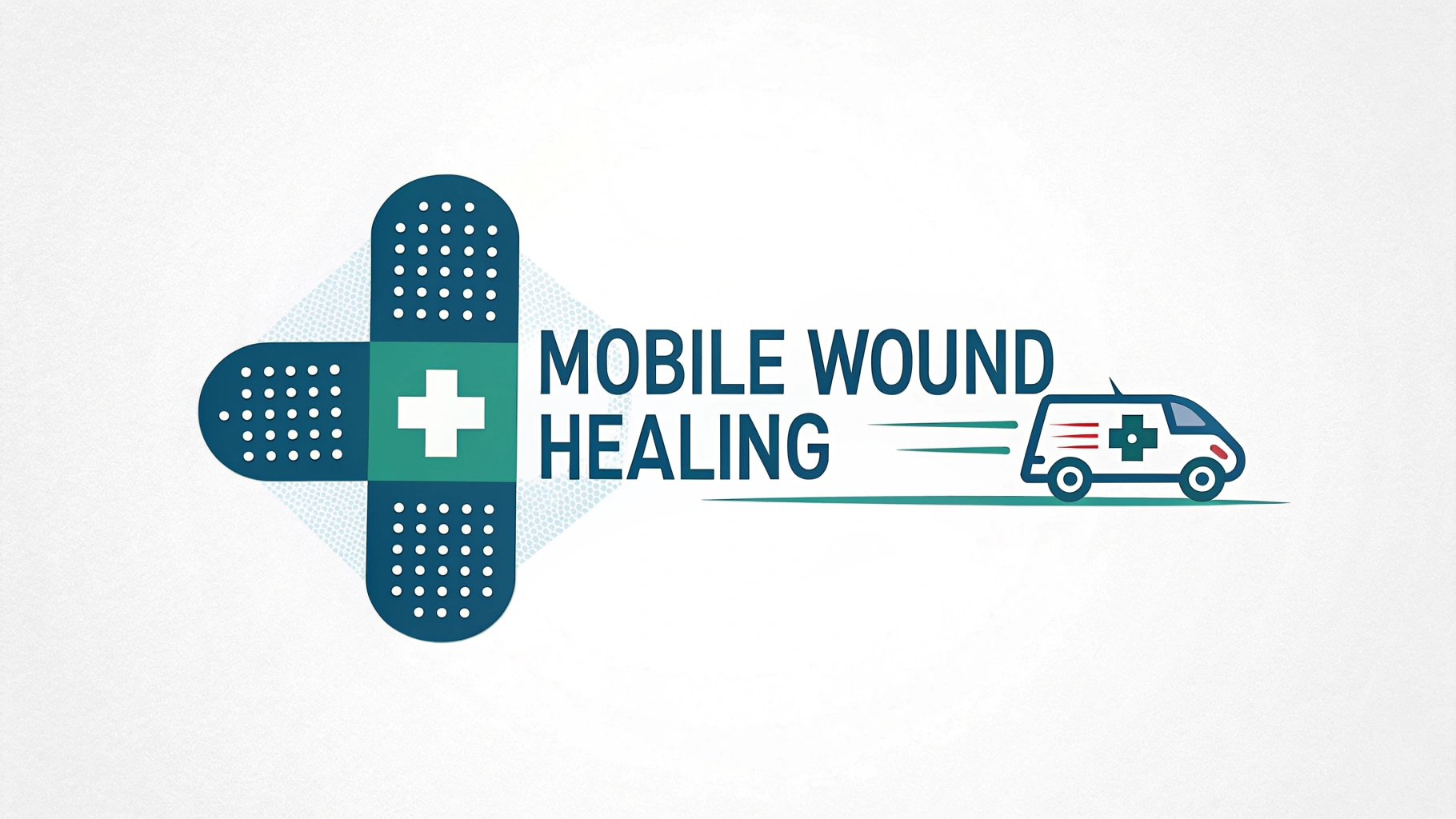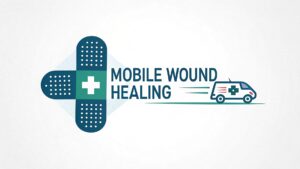Mobile Wound Care Credentialing and Billing: What Providers Need to Know

Mobile Wound Care Credentialing and Billing: What Providers Need to Know
Mobile wound care is one of the fastest-growing niches in healthcare. With the rise of chronic conditions like diabetes and vascular disease, more patients need wound care in settings that are convenient, accessible, and affordable. Providers are taking notice, not just plastic surgeons, but also ER physicians, internists, and pain management specialists are entering the space to capture both the clinical demand and strong reimbursement opportunities.
But while mobile wound care looks promising on the surface, providers quickly discover that credentialing and billing for this model comes with unique challenges.

Why Mobile Wound Care?
Mobile wound care allows providers to bring services directly to the patient’s home, skilled nursing facility, or assisted living community. This model reduces barriers to care for patients who may have difficulty traveling and provides flexibility for providers. From debridement to skin grafts, nearly all the procedures performed in a clinic can be offered in the home setting.
What draws many physicians to mobile wound care is the reimbursement. Skin grafts, debridements, and negative pressure wound therapy are high-value procedures. But the flip side is that these services are also heavily scrutinized, which means documentation and compliance must be airtight.
Credentialing for Mobile Wound Care
Providers cannot begin billing insurance for mobile wound care without first completing the payer credentialing process. This typically requires:
- A legal business entity (LLC, PLLC, PC, etc.) registered with the IRS and an EIN.
- A Type 2 NPI for the practice entity, in addition to the provider’s individual Type 1 NPI.
- An active and attested CAQH profile.
The business address listed with the IRS matters: if you don’t have a brick-and-mortar clinic, your home office may be used for registration purposes. Place-of-service codes during billing then indicate that services were delivered in the patient’s home or facility.
It’s also important to know that not every payer is accepting new mobile wound care providers, and some networks may be closed in saturated areas. Approval is never guaranteed.
Billing and Compliance Considerations
Billing for mobile wound care is complex because payers watch these claims closely. Here are a few of the key areas:
- Skin Grafts: Payers require documentation of the number of grafts used, the size in square centimeters, wound location, and medical necessity. CPT and HCPCS codes for skin substitutes (Q4100–Q4250 series) are billed per product and size, often with modifiers.
- Debridement: Requires staging and wound measurements, not just procedure notes.
- Negative Pressure Wound Therapy (NPWT): Must document equipment used, wound size, and ongoing progress to support medical necessity.
- Place of Service Codes: Must correctly reflect whether care was provided in the home, SNF, or ALF. Incorrect codes can trigger denials.
Because these procedures are high-revenue, they are also high-risk for audits. Missing details in documentation is one of the biggest reasons claims are denied or recouped.
Why Work With an Expert
Launching a mobile wound care business is more than buying supplies and visiting patients, it’s about building a credentialing and billing infrastructure that payers will recognize. Without proper setup, reimbursement delays or denials can quickly undermine the practice.
TriumpHealth helps providers entering mobile wound care by:
- Managing the credentialing process with Medicare, Medicaid, and commercial payers.
- Guiding on proper entity setup and NPI structure.
- Establishing billing workflows to handle wound-specific coding and documentation.
- Providing ongoing support to reduce denials and ensure compliance.
Conclusion
Mobile wound care is an exciting opportunity for physicians across specialties, offering flexibility, scalability, and strong revenue potential. But the model comes with strict credentialing requirements and heightened billing scrutiny, especially for grafts and other high-value procedures.
For providers ready to expand into this space, success depends on setting up the business correctly, credentialing strategically, and implementing compliance-driven billing from day one.
Ready to take your Mobile Wound Care Billing to the next level?
TriumpHealth’s billing and RCM experts are here to help. If you are planning to launch a new wound care practice or leading help evaluating your existing wound care coding & billing process to improve revenue and compliance, you can schedule a consultation, or call us at 888-747-3836 x0 or email [email protected] to get started.
Disclaimer:
The content provided by TriumpHealth is for informational purposes only and does not constitute legal, medical, or financial advice. Regulations and payer requirements may change; please consult a qualified professional for guidance specific to your situation. Click here to review our full legal disclaimer.
Recent Posts
- MIPS 2026 Updates: A Practical Guide for Clinicians, Practices, and Office Managers
- CHAP Accreditation Updates for DME Suppliers: Step-by-Step Guide for Location Changes and Adding New DME Supplies
- Payer Contract Negotiations: Key Terms & Strategies | TriumpHealth
- Medicare Billing Guidelines for Q-Codes with CPT 15271–15278: A Guide for Wound Care Physicians
- Why Taxonomy Codes Matter in Provider Credentialing & Medical Billing
- How to Transition Provider Credentialing When Leaving or Joining an ACO
